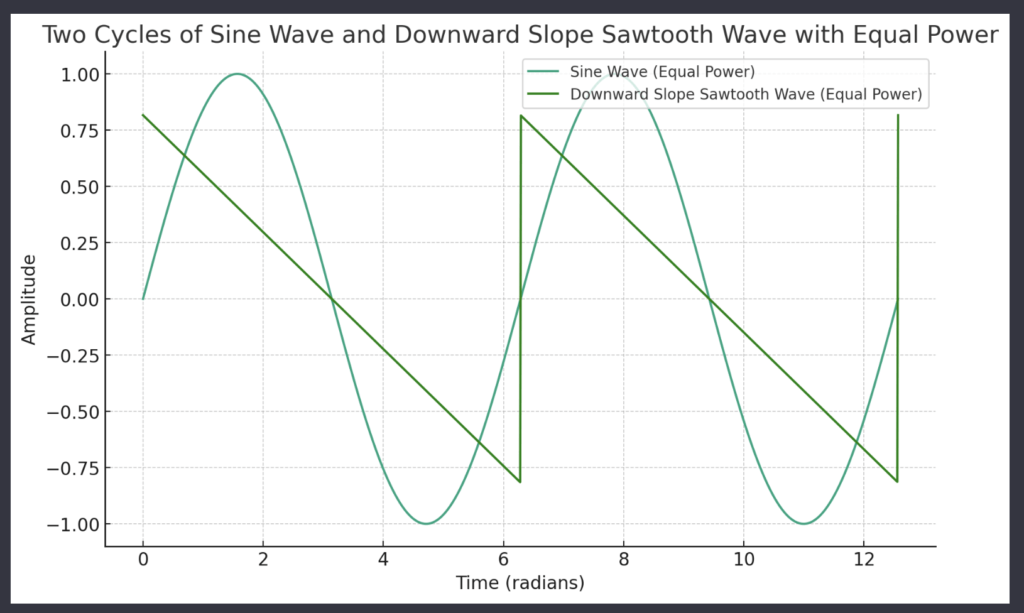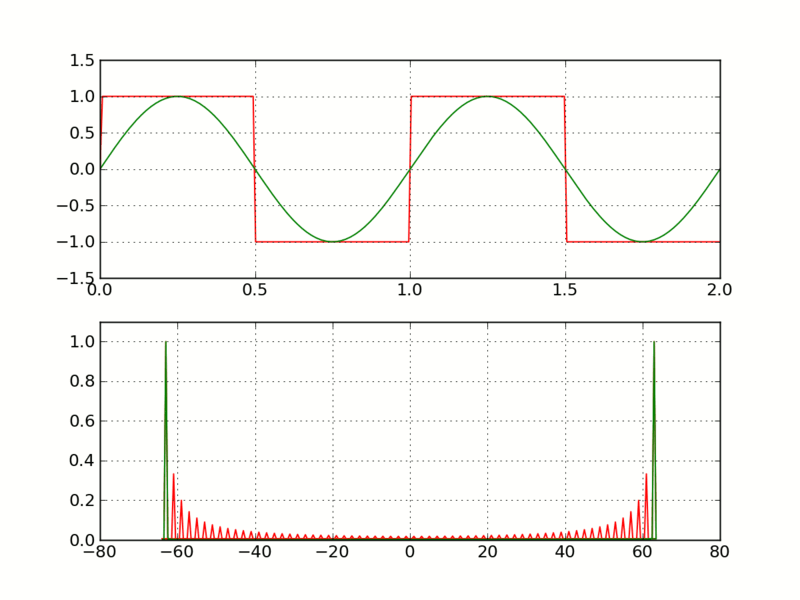INTRODUCTION
Once we figure out how to walk, we tend to move on to other, bigger challenges to make our way in the world. In doing so we layer our refined sensorimotor skills on this foundation. Our solution to gait develops uniquely – it is relatively easy to identify someone by how they move. Normal gait is the mean of the variation of gait patterns within a population and exhibits cultural variation. In gait patterns, it is an assumption to conflate normal with optimal, and it is common to observe degenerative musculoskeletal issues with a postural or gait component. A classic example is the “head-forward” posture endemic to post-industrial societies the reader may very well be utilizing to read this post on their phones.
There is a range of opinions on optimal gait, even optimal posture. We can’t even reach a consensus on how to stand. The idea is presented here that gait optimization correlates to movement patterns that maximize the shock absorption capacity of an organism for a given unit of work. This is evaluated by the derivative or rate of change of acceleration.
SPRIKE
In the graphic below imagine tracking the ear of a person walking perpendicular to you as they move across your field of view. In a “normal” gait pattern the ear would follow the Sawtooth waveform shown below as the heel strikes the ground the ear is jerked upward. In an optimized pattern the ear would follow the Sine wave pattern as the ear tracks smoothly up and down in the gait cycle.

Another way to say this is that in an optimized gait the fundamental frequency of the rate of change is dominant, and as the gait becomes less optimal the harmonics become more prevalent. These two parameters are discussed in this post:
A COMPREHENSIVE DESCRIPTION OF GAIT
It’s important to differentiate between optimizing gait/stance and gait efficiency, which is the measure of energy usage per unit of work done. The patterns that consume the least energy are those that rely purely on compression, simply allowing the force exerted by the earth’s surface to propel us outward. Jerk and harmonics dominate these patterns. However, this approach deprives our Connective Tissue Matrix of vital stimuli needed for body regeneration and resilience enhancement. The extra energy required for facilitating these essential processes can be mathematically modeled within an oscillating gait pattern:
The Math:
To compare the peak amplitudes of a sine wave and a sawtooth wave with the same power, we need to consider their respective root mean square (RMS) values, which are commonly used to relate amplitude and power in AC circuits and waveforms.
The RMS value of a sine wave is given by A_sine / √2, and for a sawtooth wave, it is A_saw / √3. To have the same power, the square of their RMS values must be equal.
Upon solving the equation (A_sine / √2)^2 = (A_saw / √3)^2, we find that the peak amplitude (A) of a sine wave is approximately 1.22 times that of a sawtooth wave when they both have the same power.
The additional <~25% energy investment in our movement patterns is what is required to climb out of the “Energy Well” trap we easily succumb to from living within our built surroundings. This is a challenge unique to humans, unlike other animals who, in navigating their natural habitats, appear to consistently express gait optimization. (It would be interesting to study this in more detail by comparing Sprike vs. metabolic rate using CO2 levels)
APPLICATIONS OF SPRIKE
Smartphone App:
Exploring this premise can easily be done with a smartphone by monitoring the accelerometers and evaluating the rate of change – called Jerk. Dynamic feedback on the absence of Jerk – described here as Sprike – offers insights into gait dynamics and provides a useful training tool for further development of gait potential. The app is available in the Apple App Store at this link:
There is an outline of the Sprike App in this post, with links to related discussions:
SPRIKE – A GAIT TRAINING APP
OutSole:
It is a simple matter engage additional energetic resources by simply altering the contact surface the foot makes with the ground. There is a discussion of this here:
OUTSOLE: A FUNCTIONALLY SUPPORTIVE INSOLE


